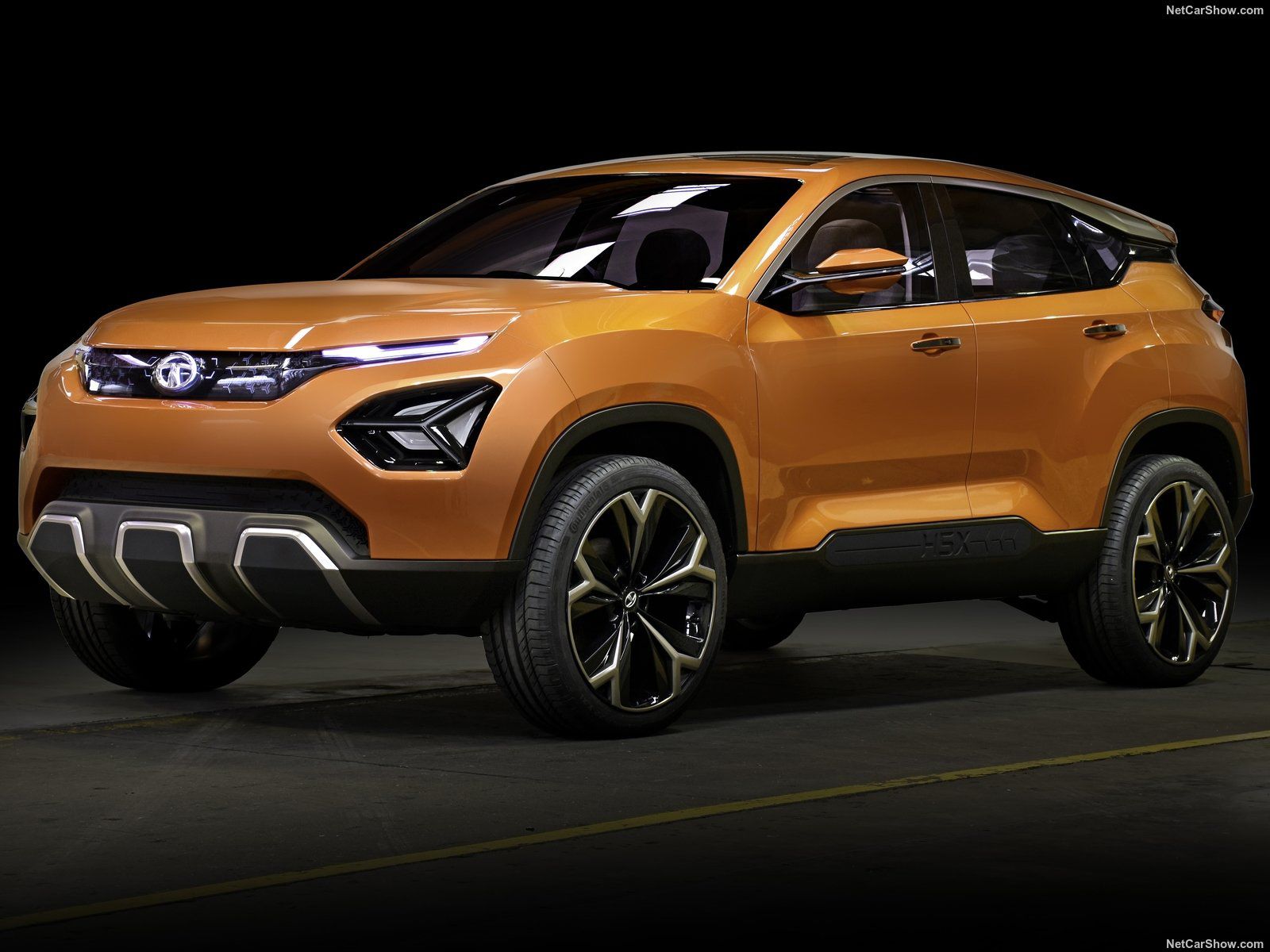Tanzania Auto Market is not yet reflecting the positive economic momentum of this Central East African market. The still low pro-capita income, the poor road infrastructures and the absence of limits to obsolete vehicles import are blocking any potential.
Tanzania’s economic activity is expected to have been buttressed by strong mining and quarrying, and manufacturing sectors, in the wake of strengthening prices for the country’s commodity exports. Tanzania was assigned a credit rating by one of the big international agencies for the first time in its history on 2 March; Moody’s gave the country a B1 local- and foreign-currency issuer rating although with a negative outlook.
The growth outlook for 2018 remains bright: the agricultural sector should benefit from more favorable weather conditions, while increased infrastructure spending should lift investment activity. However, the weak banking sector continues to present significant risks to the outlook. FocusEconomics panelists expect GDP to expand 6.5% in 2018.
Tanzanian new vehicles market is not yet reflecting the country improvements in the economic side, with new vehicles car park heavily fueled by import of used vehicles.
Three factors are actually blocking the potential for new vehicles, the low pro capita income, the poor infrastructure road system and the absence of laws limiting the import of obsolete vehicles.
Looking at the last years sales volume, the market is basically flat at an almost low-level. In the 2017, a marginal growth resulted with volume at 3.324 (+7.5%), including 1.022 HCVs and Bus.
At brand-wise, thanks to the absolute leadership among HCVs and Bus sector, Tata has taken the leadership of the entire market with 22.6% of share, ahead of Toyota with 21.3% and Ford with 12.3%.
Tables with sales figures
In the tables below we report sales for top Brands











